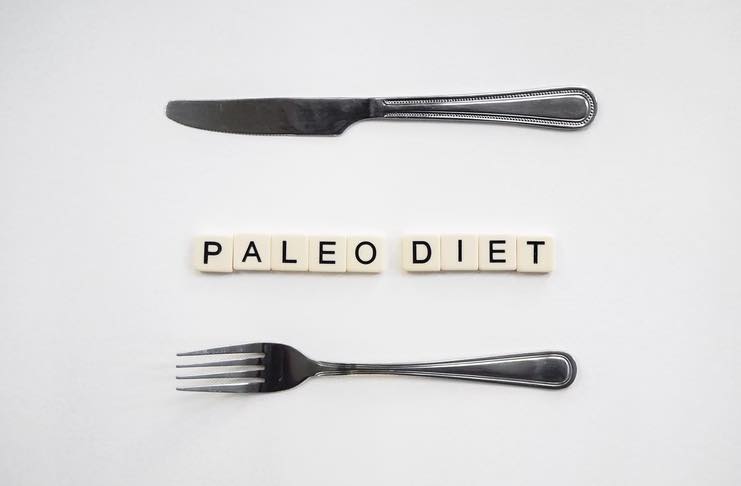Modern-day dieting is a tricky world to navigate with all of the trends and fads promising rapid weight loss and health benefits. Indeed, in this instant information era, it’s difficult to differentiate between cutting-edge health knowledge and trends that don’t improve health in the long term or can even worsen health in some ways.
The paleo diet arose from the belief that certain modern ailments can be linked to our modern diet, which is supposedly incompatible with our digestive system. Proponents of the paleo diet believe that we should only eat foods that were available to our Stone Age ancestors and avoid foods, such as dairy products, legumes and grains, that only became available after the emergence of farming and agriculture. This can lead to the consumption of more whole foods, which can aid weight loss and improve health.
What’s On The Menu of a Paleo Diet?
Examples of foods that are compatible with the paleo diet include meat, fish, eggs, vegetables, tubers and fruit – foods that could be hunted, fished or gathered in the palaeolithic era. Grains, including bread and pasta, legumes, dairy, sugar and processed foods are strictly off the menu. To replace bread and pasta, you may want to increase your consumption of starchy vegetables such as potatoes and other root vegetables, and finding a great roasted turnip recipe or sweet potato recipe can be perfect when choosing a side dish to accompany your meat or fish.
Benefits of Paleo Diet, and its Drawbacks
As mentioned above, one of the main benefits of the paleo diet is the replacement of highly processed foods with whole foods, which can cut down your consumption of sugar and trans fats. This could potentially reduce the risk of obesity in the long term. Additionally, the paleo diet encourages a reduction in the amount of salt that you consume, which could reduce your risk of high blood pressure and therefore heart disease and stroke.
However, there are also some drawbacks to the paleo diet. For instance, this diet could encourage the overconsumption of meat, especially red meat, which could have negative health effects. This is compounded by the fact that fatty cuts of meat can contain a lot of saturated fats. In addition, the paleo diet could lead to some nutritional deficiencies; cutting out dairy products could mean that you aren’t getting enough calcium in your diet, and the lack of fibre in this diet may lead to poor digestive health. Some studies have also shown that many people find it difficult to stick to the paleo diet, which means that weight loss due to this diet can often be short term.
Overall, the paleo diet can potentially lead to several health benefits, but it is important to ensure that you are still getting key nutrients from your food if you choose to undertake this diet. One option is to try a modified paleo diet that includes some gluten-free grains or even small amounts of dark chocolate; a less strict diet may be easier to follow and flexible enough to more easily accommodate the nutrients you need.
Ultimately, recent research has shown that human metabolism may have adapted more over the years than previously thought, so following a diet from the palaeolithic era may not be the answer to all of our modern health problems.
Want to check a good restaurant in NYC that serves Paleo dishes? Check out our Hu Kitchen review.
